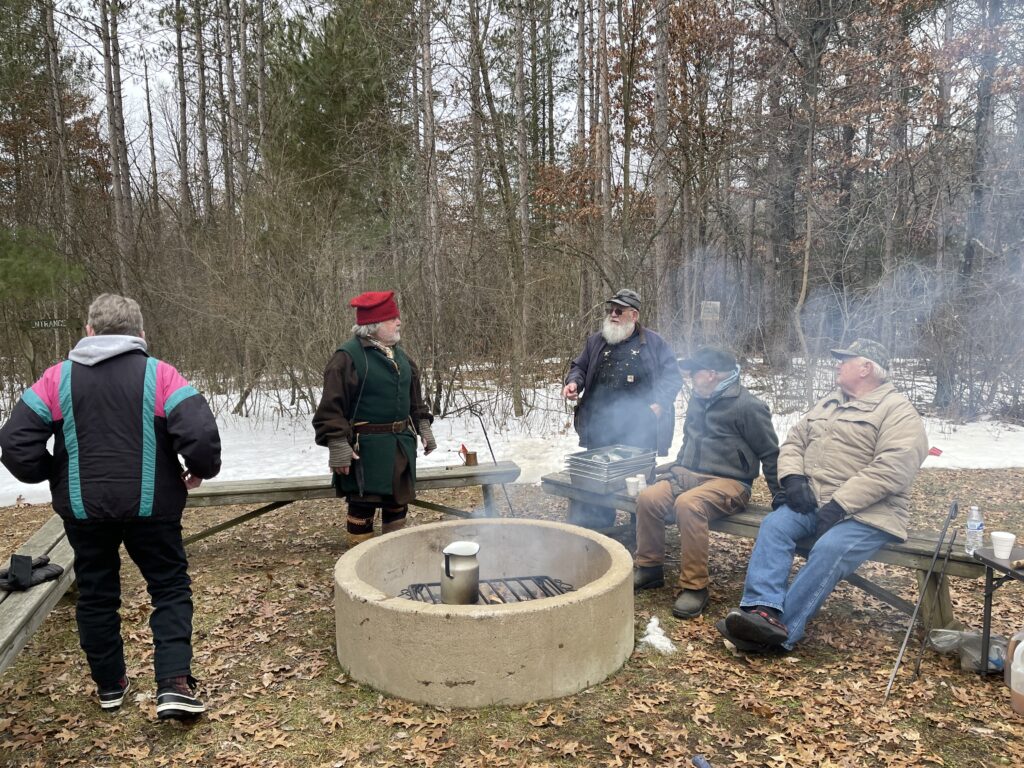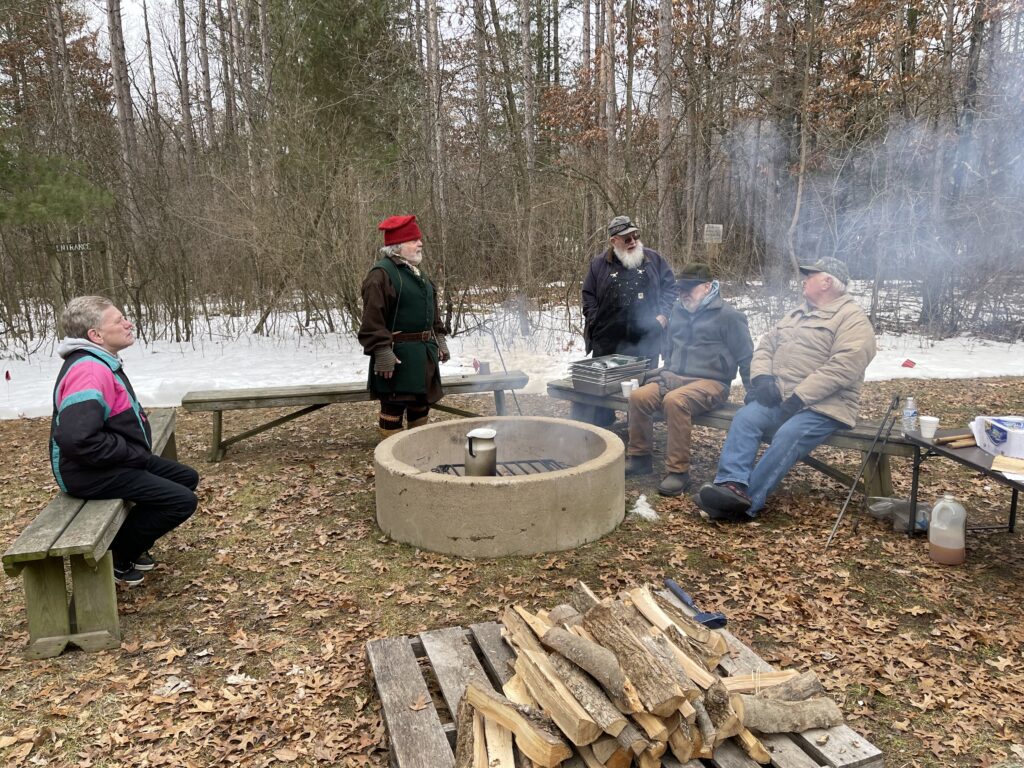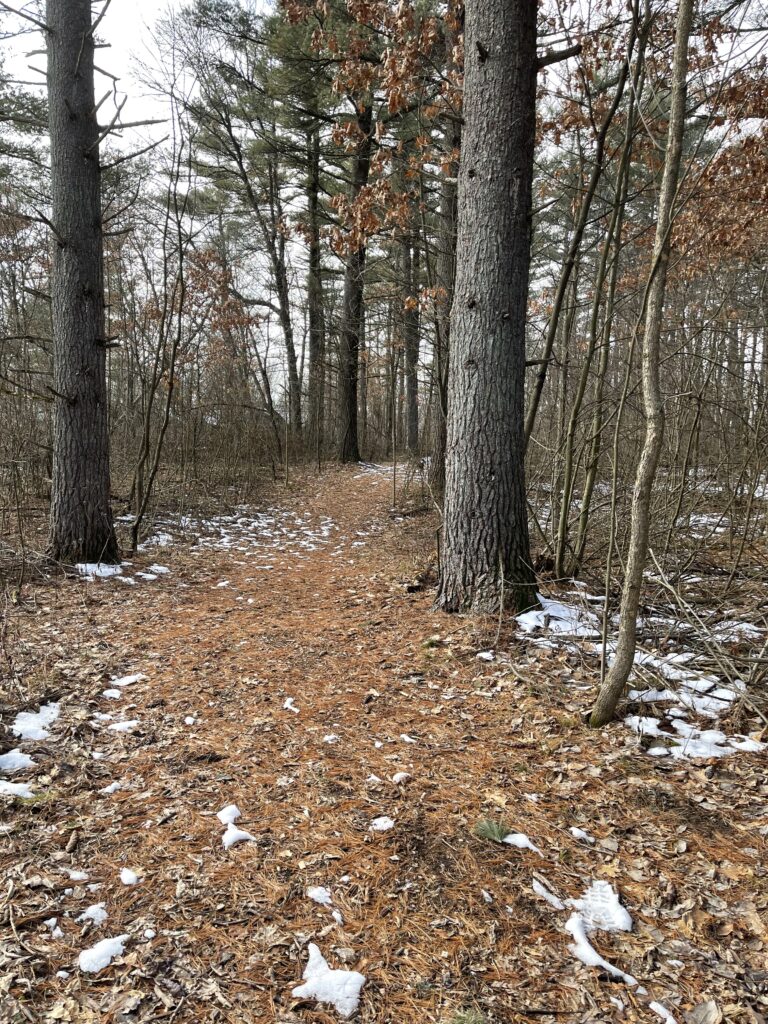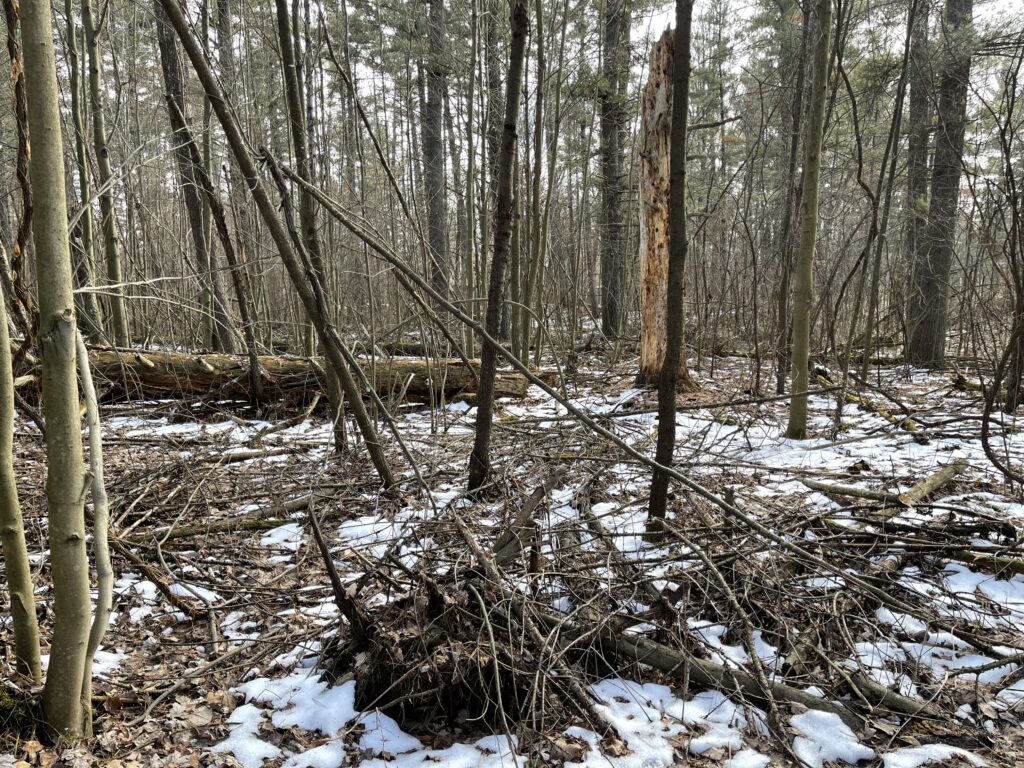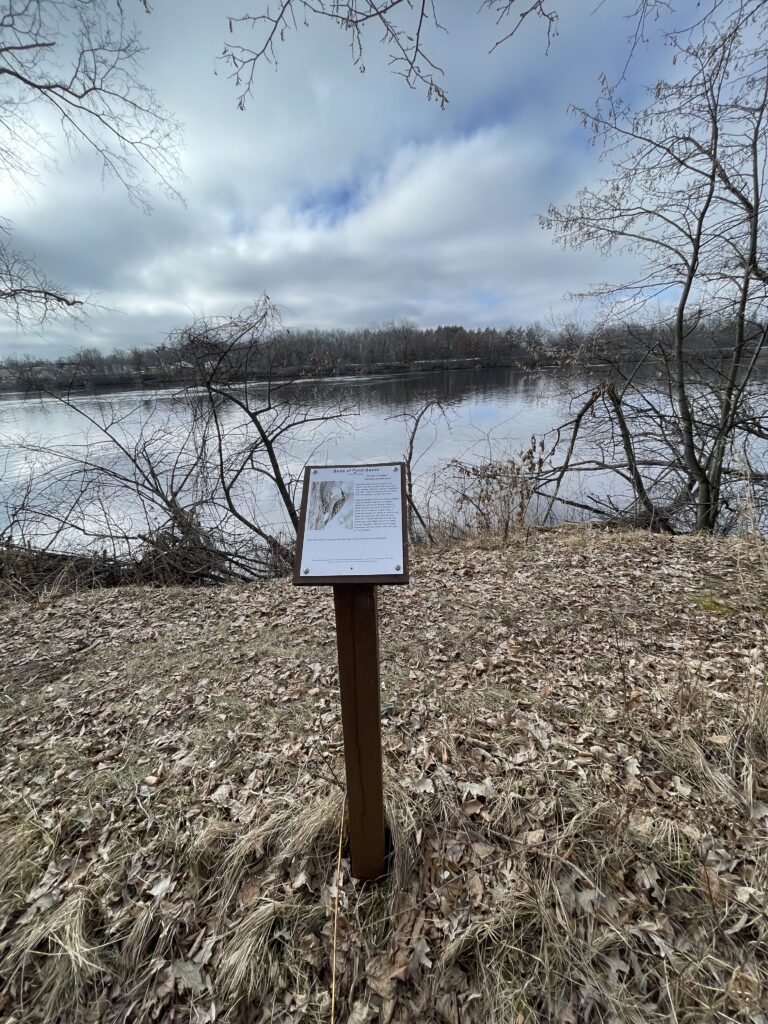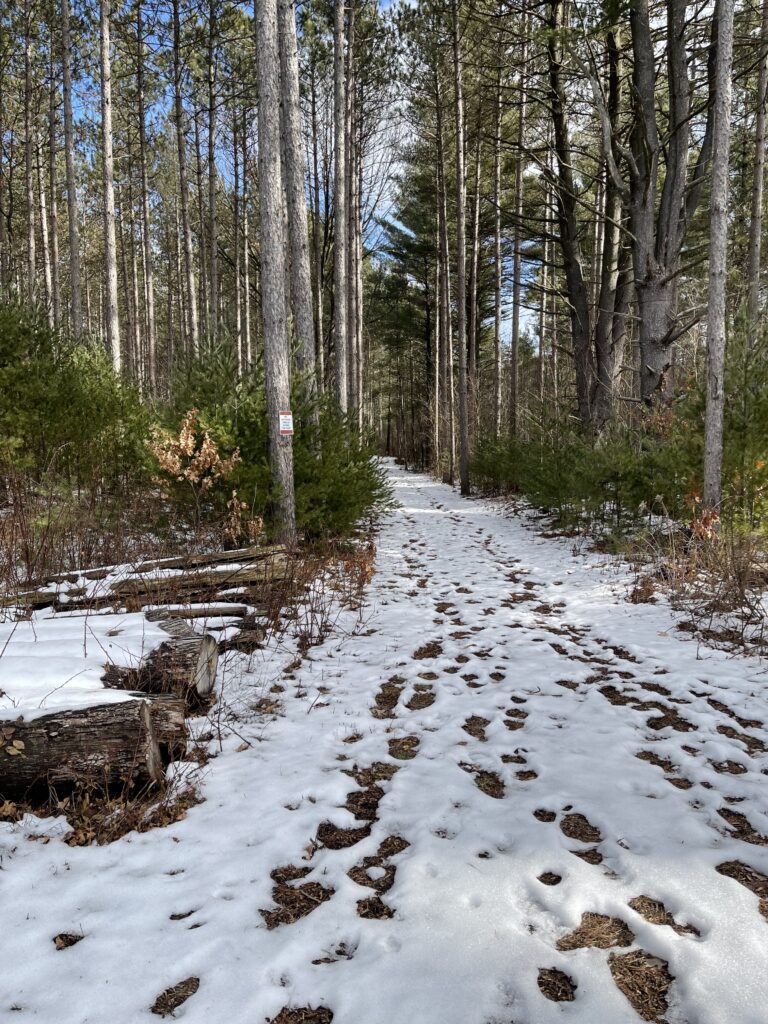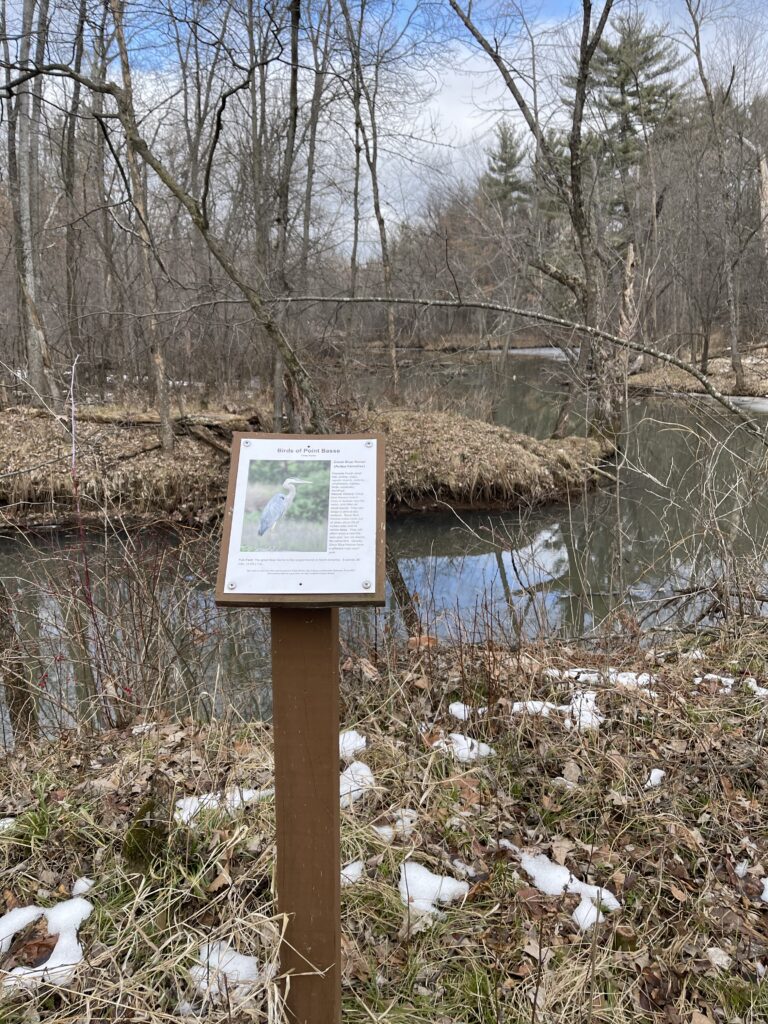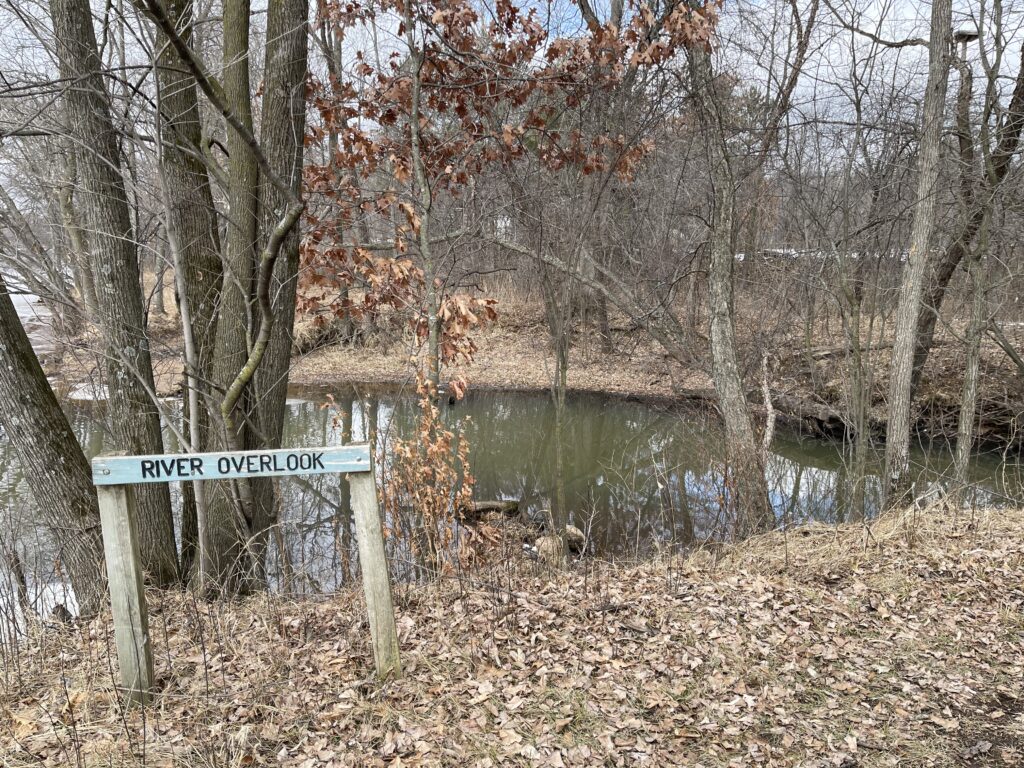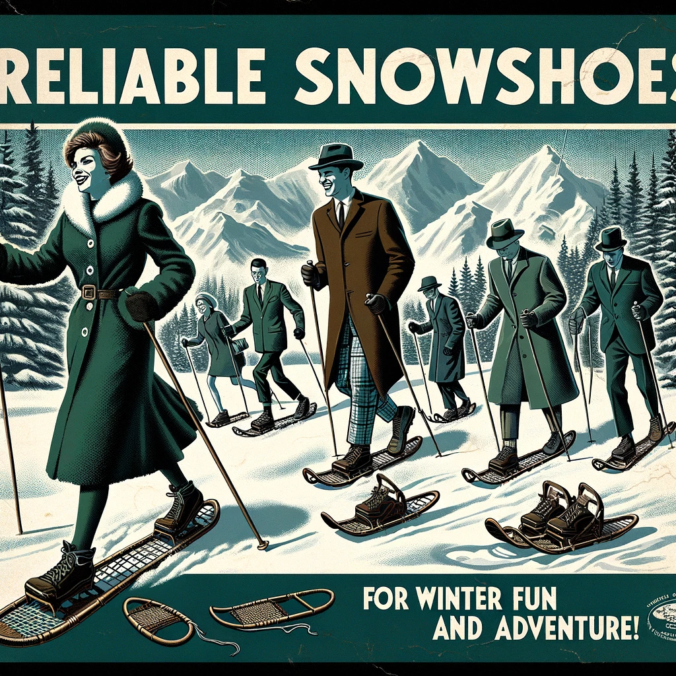Saturday, Feb. 3rd, 2024 | Cost: Adults $10 (Snowshoe Rental), $3 Bring your own snowshoes
- Snowshoeing fun! Come join us to test your mettle against the elements and have fun in the process. Hot cider and a bonfire will be available after to warm your bones!
- Time: 11am – 4pm at site
- Where: Historic Point Basse | 364 Wakely Road | Nekoosa WI 5445
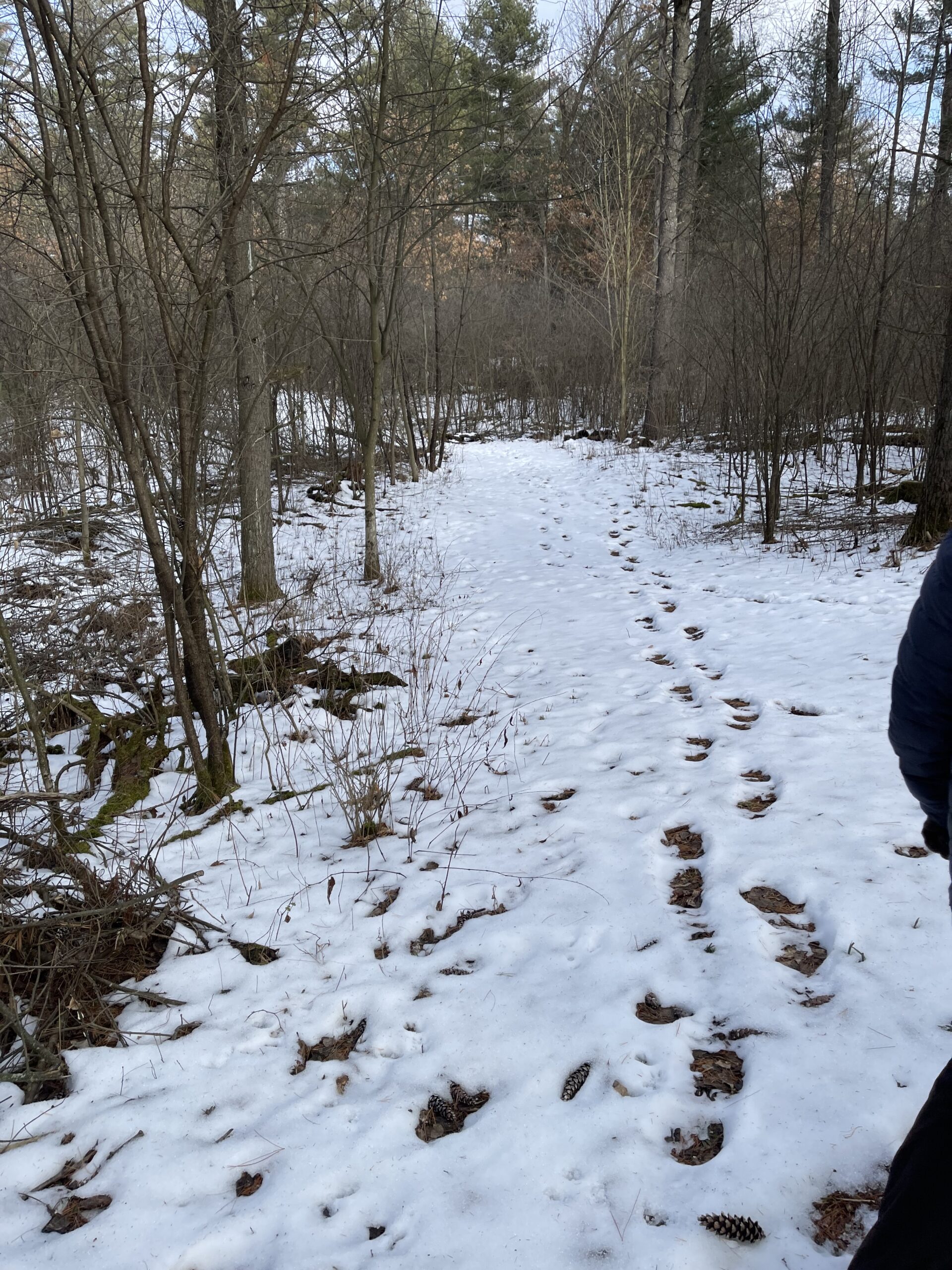
Snowshoeing in Wisconsin around the year 1837 was not just a recreational activity but a vital means of transportation and survival during the long and harsh winter months. At this time, Wisconsin was on the cusp of statehood, transitioning from a territory to becoming the 30th state of the United States in 1848. The indigenous populations, including the Ojibwe, Menominee, Ho-Chunk, and Potawatomi tribes, had long mastered the art of crafting snowshoes from the natural resources available to them. They constructed these essential winter tools from bent hardwood frames, lacing them intricately with rawhide from deer or caribou.
The design of snowshoes varied, reflecting the needs of travel through different types of terrain. Some were long and narrow to support speedy travel over open plains, while others were broad and rounded for maneuvering through dense forests and brush. European settlers and fur traders quickly adopted these native designs, realizing the practicality of snowshoes for trapping, trading, and exploring the vast, snow-covered landscapes of Wisconsin. Snowshoeing enabled these early Wisconsinites to maintain trade routes and social connections that would have been nearly impossible during the snowy season without them.
As Wisconsin’s logging industry flourished in the mid-19th century, snowshoes became indispensable to lumberjacks and trappers. The snowshoes carried them over deep snow where wheeled carts and horses could not traverse. This period marked the snowshoe’s evolution from a traditional native craft to an indispensable tool of the American frontier, echoing the adaptability and resourcefulness of those who braved the Wisconsin winters of 1837.
